 推荐消息更多>>
推荐消息更多>>气力输送厂家:气力输送系统全方位保养与维护手册
- 来源:https://www.sdxinlujx.com/ 日期:2025-08-30 发布人:创始人
气力输送系统概述与维护的重要性
Overview of pneumatic conveying system and the importance of maintenance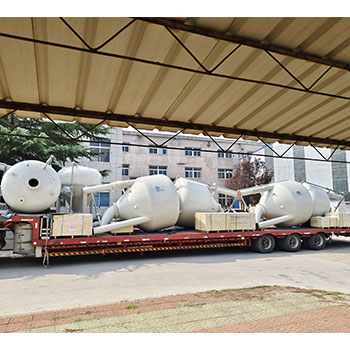
1.1 气力输送基本原理
1.1 Basic principles of pneumatic conveying
气力输送是利用空气(或其他气体)作为动力介质,在密闭管道内沿气流方向输送粉状、粒状等散装物料的技术。根据物料在管道内的浓度和输送速度,主要分为两大类:稀相输送 (Dilute Phase Conveying):?特点是物料在管道内呈悬浮状态,以较高的速度(通常 > 18 m/s)和较低的固气比(物料与气体质量比,通常 < 15)进行输送。系统压力或真空度相对较低。稀相输送适用于大多数非磨蚀性、不易破碎的粉粒体物料,具有输送量大、距离远的特点。浓相输送 (Dense Phase Conveying):?特点是物料在管道内呈栓状、团状或流化床状态,以较低的速度(通常 < 10 m/s)和极高的固气比(通常 > 30)进行输送。系统需要较高的气体压力。浓相输送能耗较低,管道磨损小,物料破碎率低,特别适用于磨蚀性强、易破碎、高密度或混合物料的输送。
Pneumatic conveying is a technology that uses air (or other gases) as a power medium to transport bulk materials such as powders and granules along the direction of airflow in a closed pipeline. According to the concentration and conveying speed of materials in the pipeline, they are mainly divided into two categories: dilute phase conveying:? The characteristic is that the material is suspended in the pipeline and transported at a high speed (usually>18 m/s) and a low solid to gas ratio (material to gas mass ratio, usually<15). The system pressure or vacuum degree is relatively low. Dilute phase conveying is suitable for most non abrasive and difficult to break powder materials, with the characteristics of large conveying capacity and long distance. Dense Phase Conveying:? The characteristic is that the material is in the form of plugs, clumps, or fluidized beds in the pipeline, transported at low speeds (usually<10 m/s) and extremely high solid to gas ratios (usually>30). The system requires a high gas pressure. Dense phase conveying has low energy consumption, minimal pipeline wear, and low material crushing rate, making it particularly suitable for conveying highly abrasive, easily broken, high-density, or mixed materials.
1.2 系统维护的必要性与价值
1.2 The necessity and value of system maintenance
一套设计精良的气力输送系统也需要依赖于严格的维护计划才能发挥其最大效能。忽视维护将直接导致以下问题:生产中断:?设备突发故障,如管道堵塞、供料器卡死等,将直接导致生产线停工,造成巨大的经济损失。运营成本增加:?管道和设备的磨损加剧、空气泄漏导致能源消耗增加、备件频繁更换等,都将推高运营成本。物料损耗与质量下降:?系统密封不严会导致物料泄漏;不稳定的输送过程可能导致易碎物料的破碎率增高,影响产品质量。安全与环境风险:?粉尘泄漏不仅污染工作环境,对于可燃性粉尘,还可能引发粉尘爆炸等严重安全事故。设备故障也可能对操作人员构成安全威胁。因此,建立并执行一套系统化、标准化的保养与维护规程,是保障气力输送系统高效、经济、安全、可靠运行的核心。
A well-designed pneumatic conveying system also relies on a strict maintenance plan to maximize its efficiency. Neglecting maintenance will directly lead to the following problems: production interruption:? Sudden equipment malfunctions, such as pipeline blockages, stuck feeders, etc., will directly cause the production line to shut down, resulting in huge economic losses. Increased operating costs:? The increased wear and tear of pipelines and equipment, air leaks leading to increased energy consumption, and frequent replacement of spare parts will all drive up operating costs. Material loss and quality decline:? Poor sealing of the system can lead to material leakage; Unstable conveying processes may increase the breakage rate of fragile materials, affecting product quality. Safety and environmental risks:? Dust leakage not only pollutes the working environment, but also may cause serious safety accidents such as dust explosions for combustible dust. Equipment failures may also pose a safety threat to operators. Therefore, establishing and implementing a systematic and standardized maintenance and upkeep procedure is the core to ensure the efficient, economical, safe, and reliable operation of pneumatic conveying systems.
本文由 气力输送系统 友情奉献.更多有关的知识请点击 https://www.sdxinlujx.com/ 真诚的态度.为您提供为全面的服务.更多有关的知识我们将会陆续向大家奉献.敬请期待.
This article is a friendly contribution from the pneumatic conveying system For more related knowledge, please click https://www.sdxinlujx.com/ Sincere attitude To provide you with comprehensive services We will gradually contribute more relevant knowledge to everyone Coming soon.
- 上一篇: 仓泵厂家:仓泵料仓下料口堵料的处理方法:
- 下一篇: 罗茨风机:制氧罗茨风机振动故障处理实践
Related news相关新闻
- 2025-10-25磁悬浮鼓风机:节能环保高效的气体输送设备
- 2025-10-24气力输送系统输送时物料易破碎怎么办?
- 2025-10-23旋转供料器在粉体输送中发挥中锁风下料、定量吹送的作用
- 2025-10-22仓泵在气力输送“心脏”中,扮演着重要角色
- 2025-10-21负压气力输送适合输送哪些类型的物料?
- 2025-10-20安全使用高压罗茨鼓风机必须要注意的8个方面
- 2025-10-18三叶罗茨风机经过频繁检修后,整理的常见故障原因和解决方法
- 2025-10-17高压罗茨鼓风机节能省电的方法和运行中的摩擦原因
- 2025-10-16高压罗茨风机 VS 离心风机,区别有哪些?
- 2025-10-15高压罗茨风机的产品介绍和适用场景


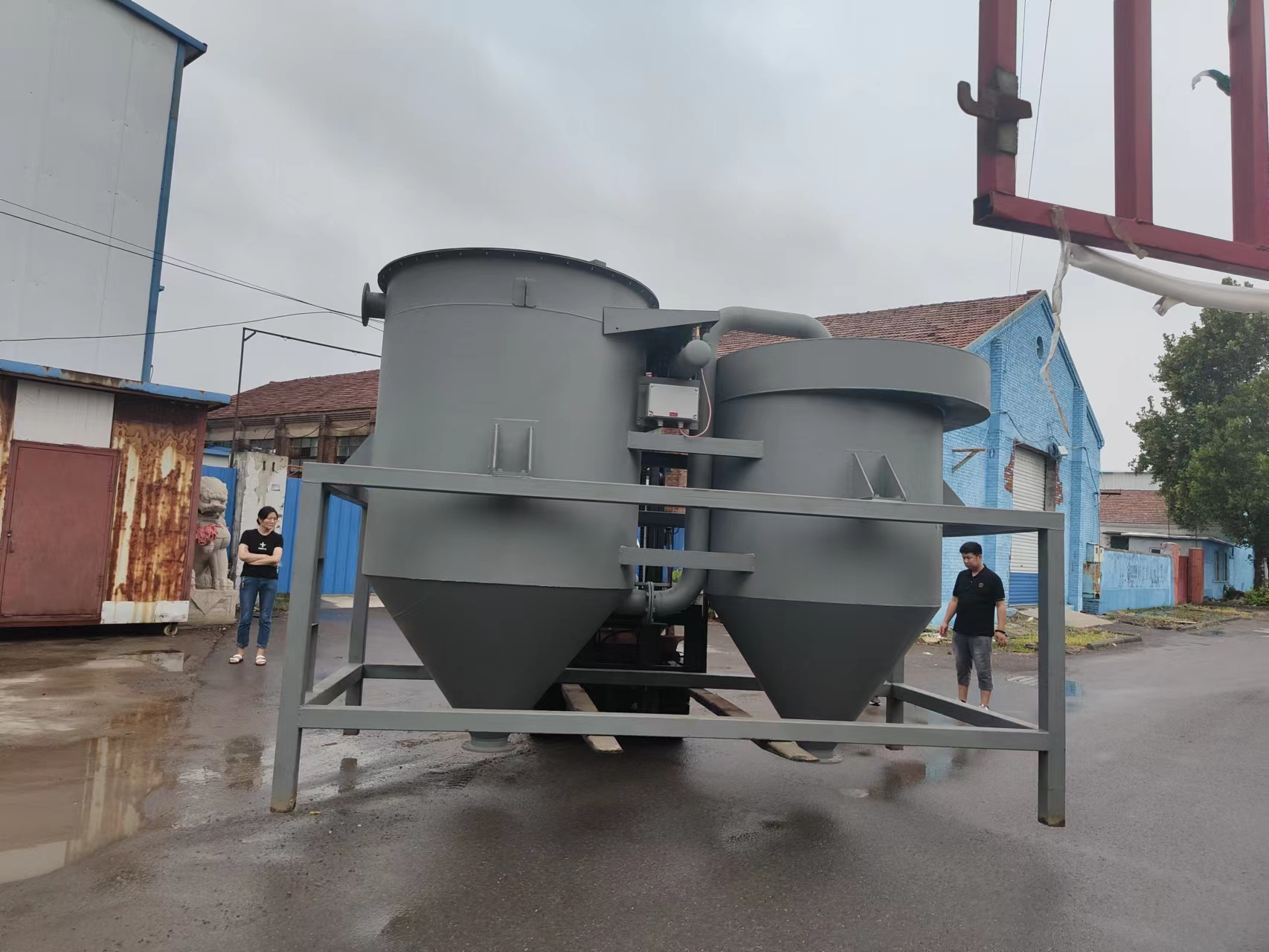
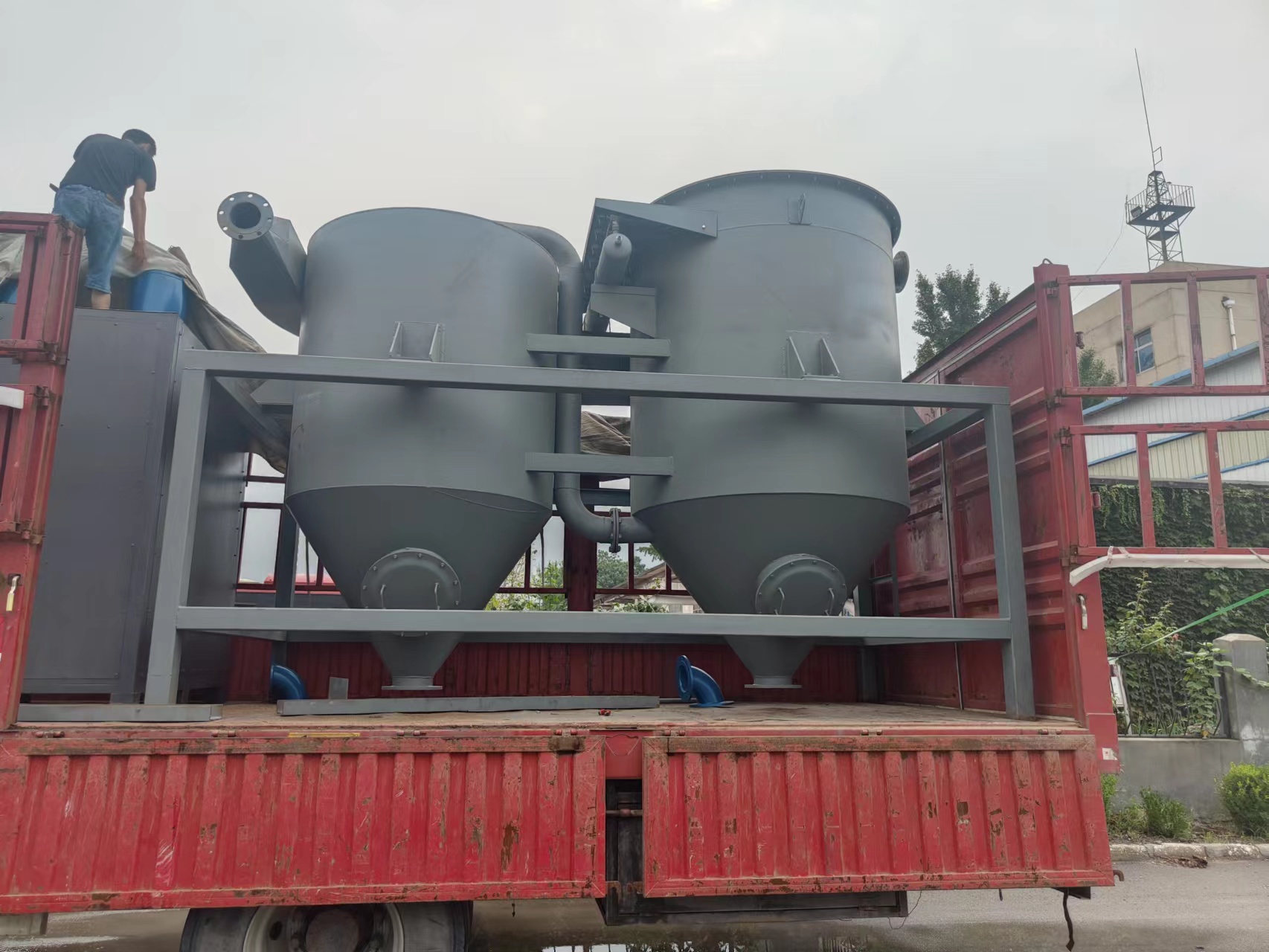
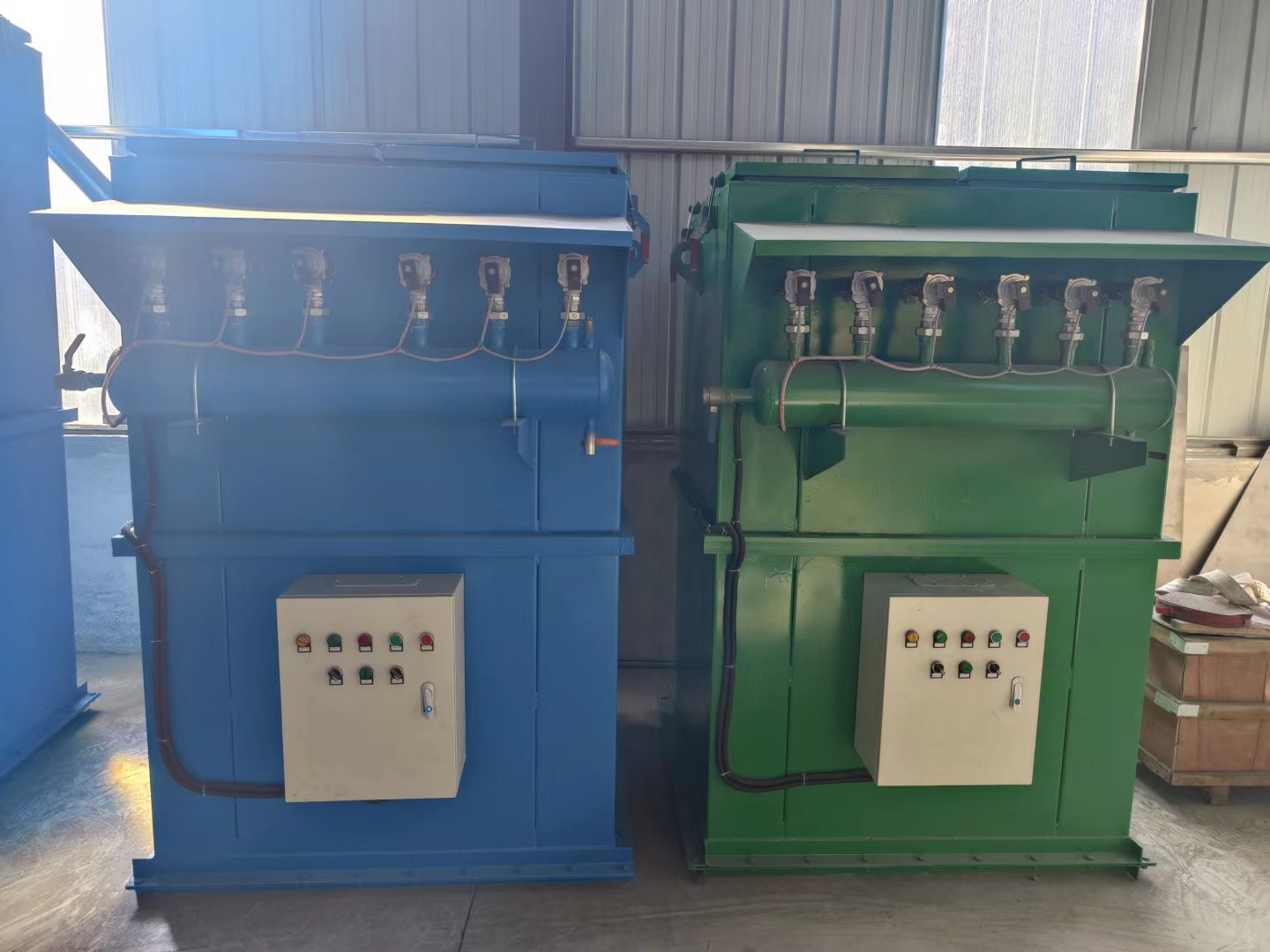
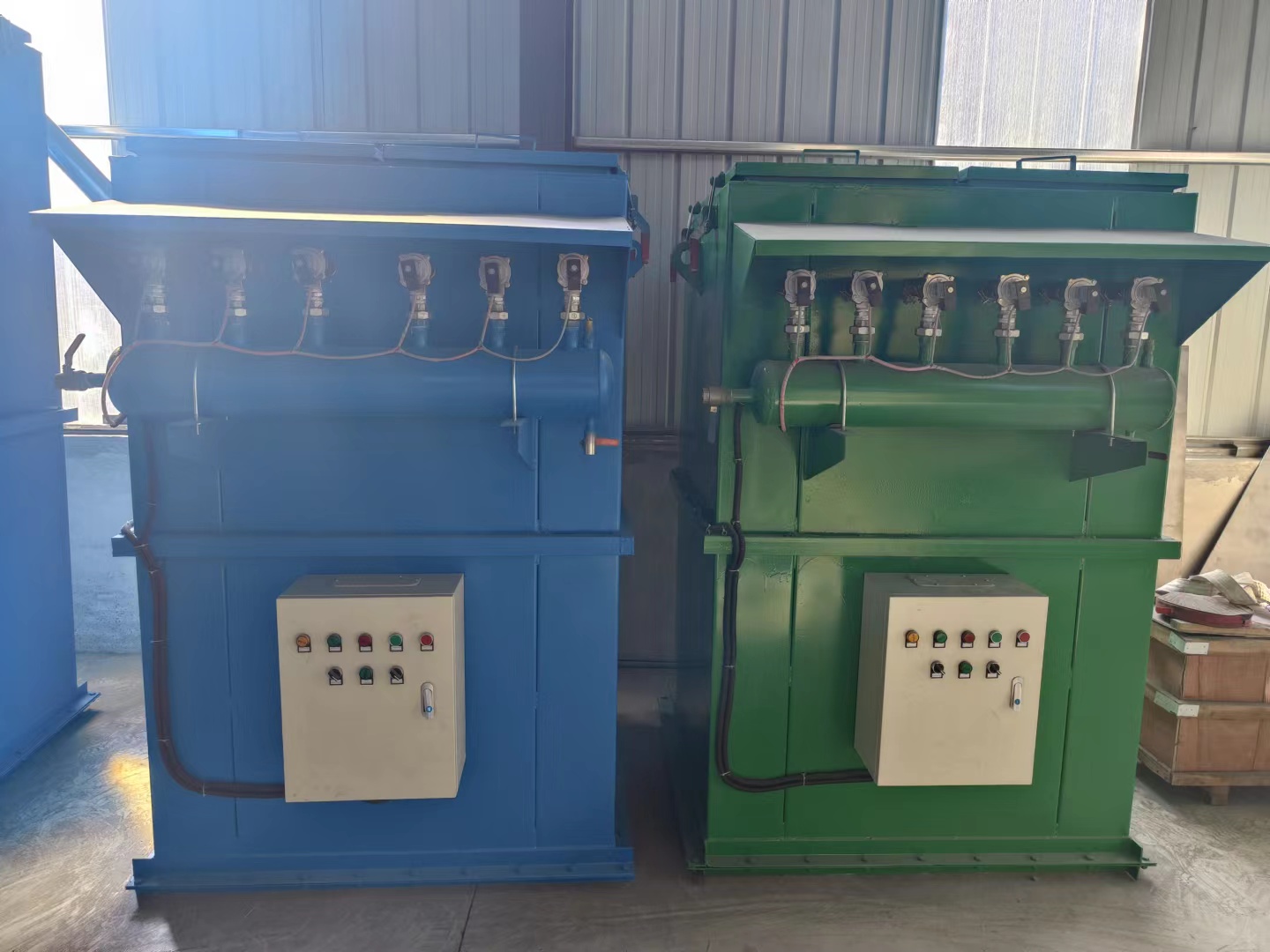
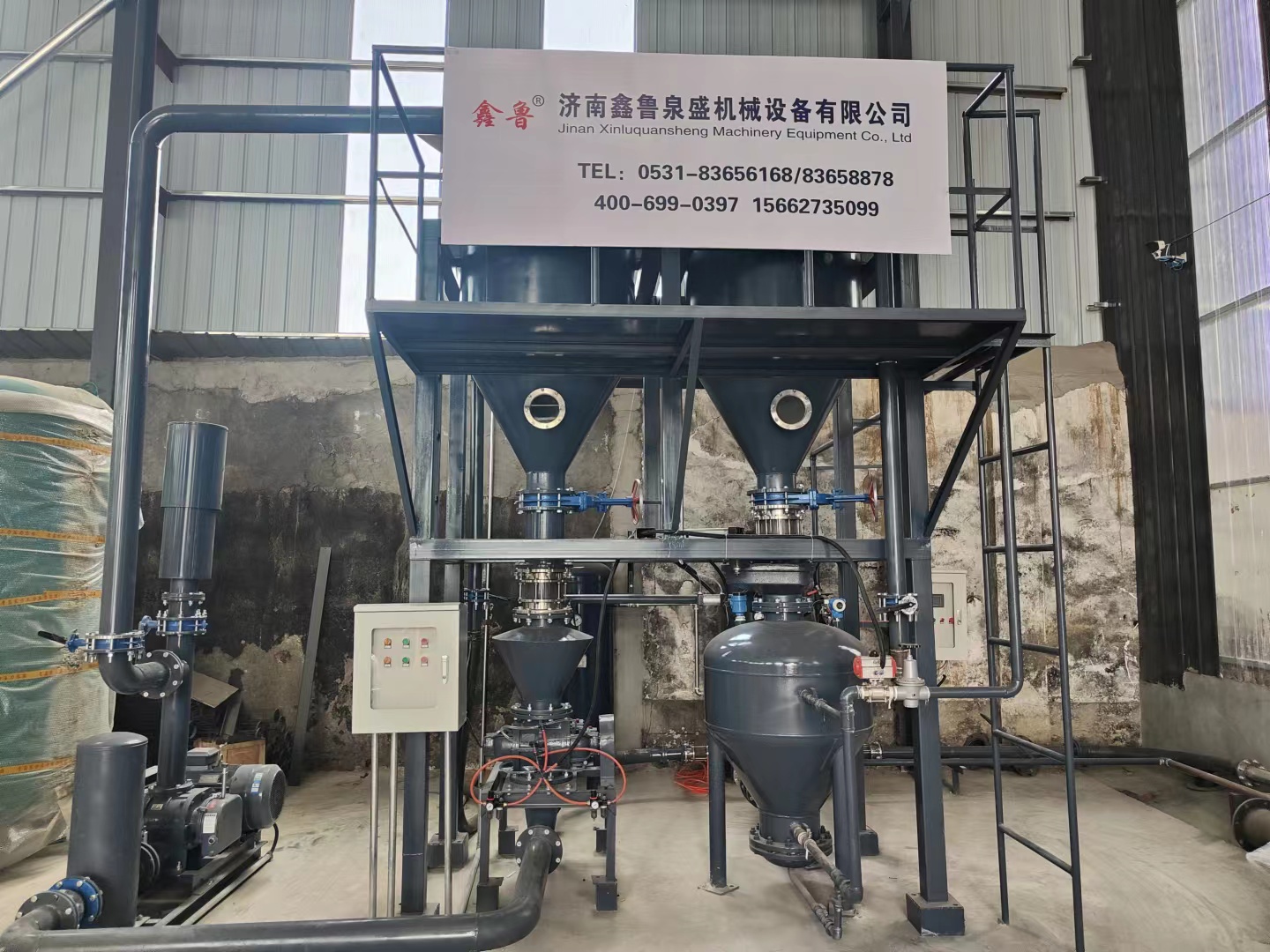
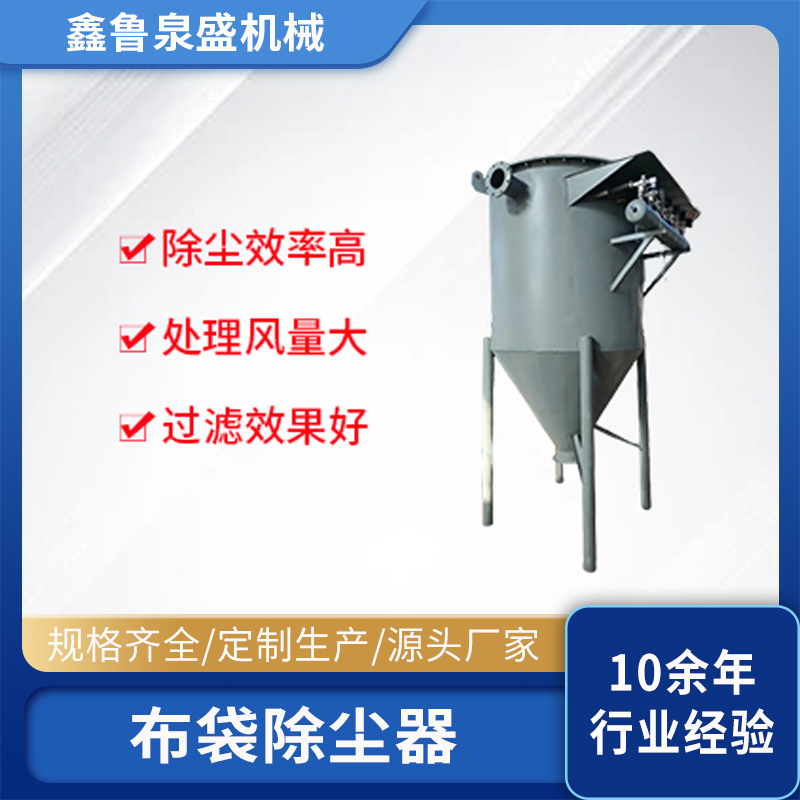
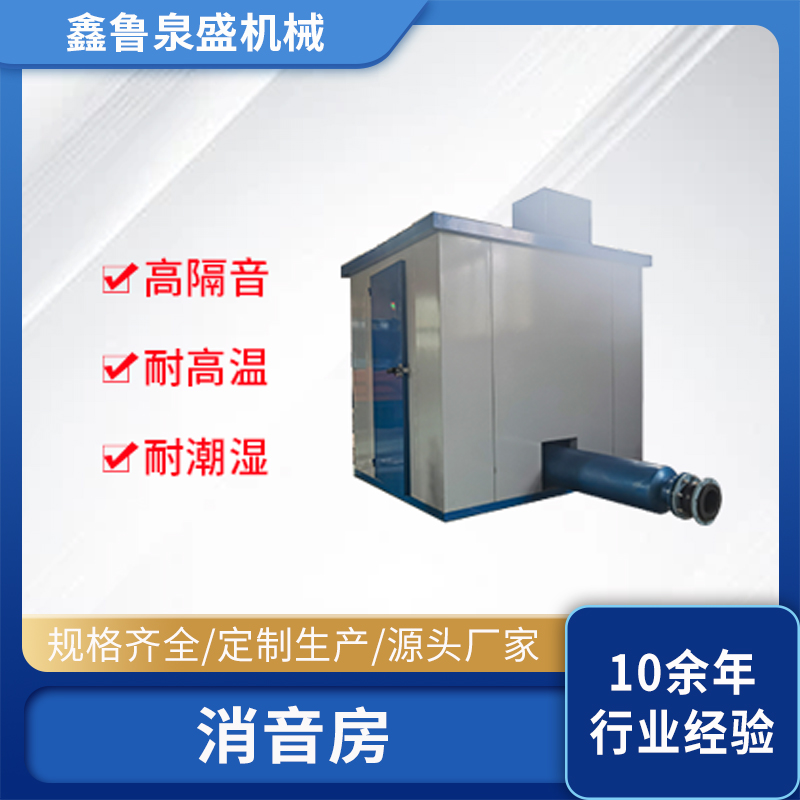
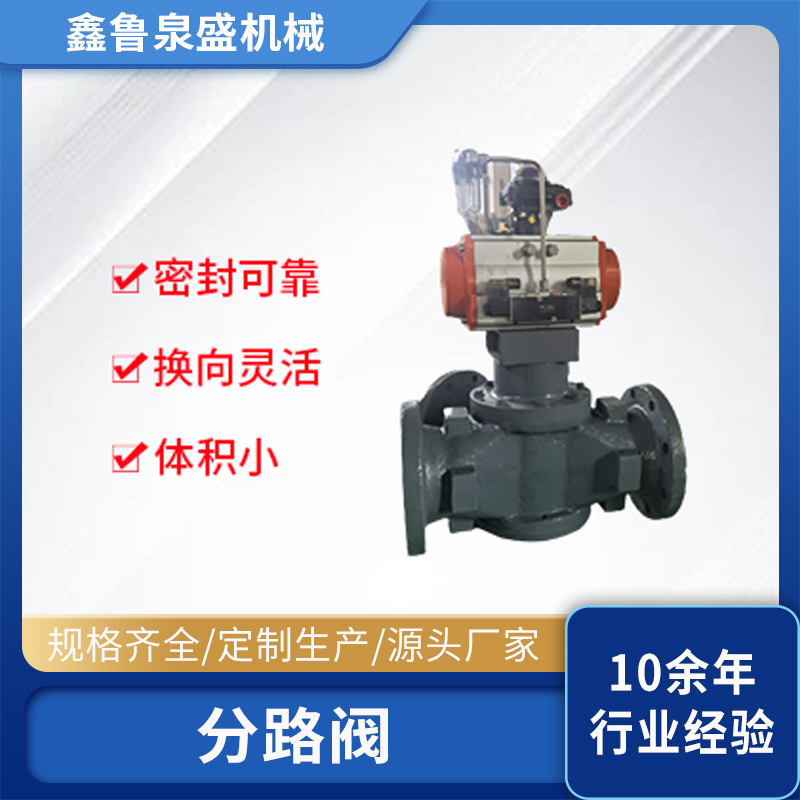
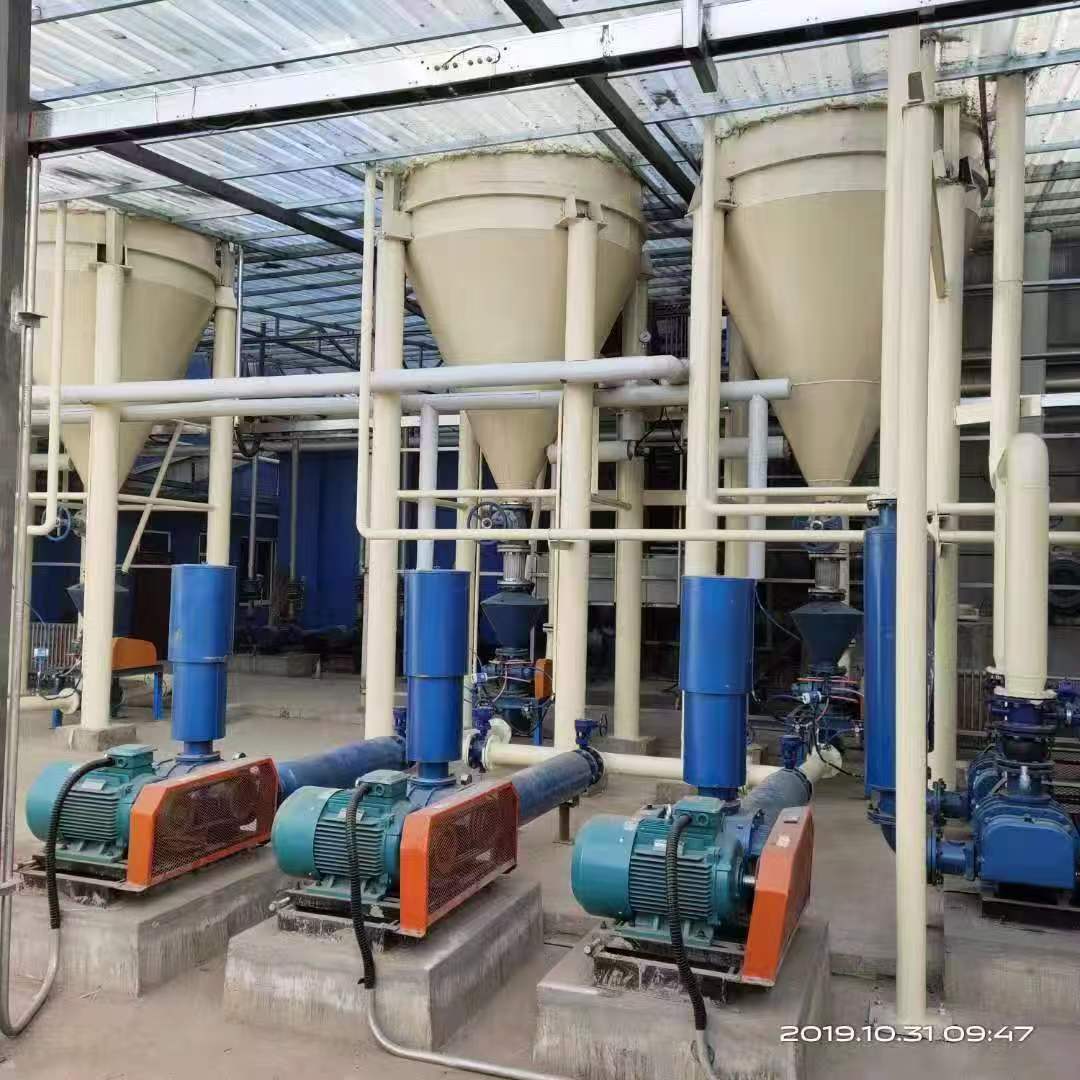
 扫码微信沟通
扫码微信沟通